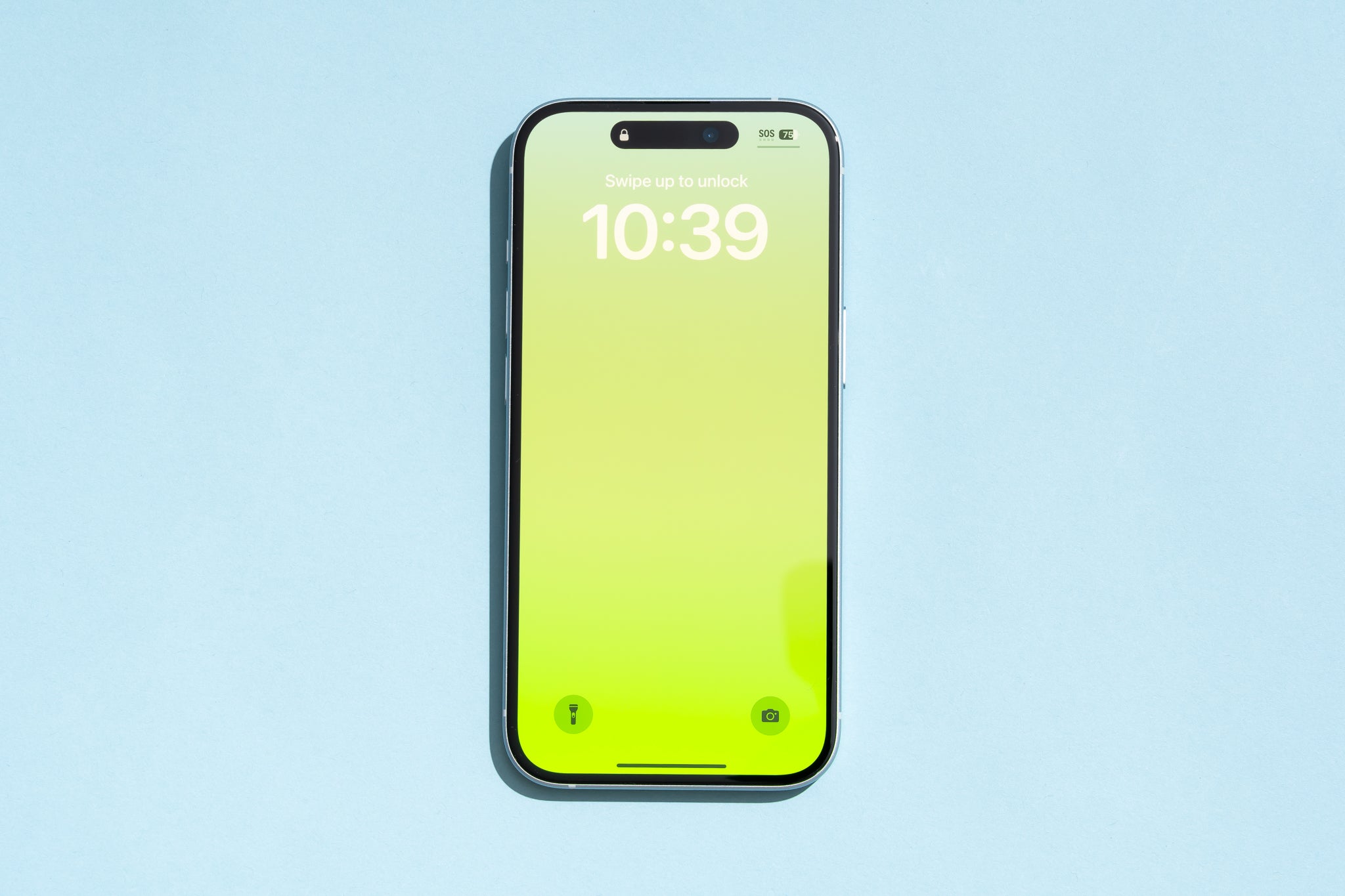
Xiaomi Redmi 9A
The Xiaomi Redmi 9A stands out as one of the most popular budget Android phones available. Priced under £100, it offers an impressive array of features for those on a tight budget.
Key Features:
- Display: 6.52-inch HD+ display, providing ample screen real estate for browsing, gaming, and video streaming.
- Performance: Powered by a MediaTek Helio G25 processor, delivering smooth performance for everyday tasks.
- Camera: Rear camera setup includes a 13MP primary sensor, a 2MP macro lens, and a 2MP depth sensor. Front camera is a 5MP shooter.
- Battery Life: Large 5000mAh battery ensures you can go through the day without needing to recharge.
- Software: Runs on MIUI 12 based on Android 10 out of the box.
Pros:
- Affordable price point
- Large battery life
- Decent camera performance
- Smooth performance for everyday tasks
Cons:
- No fast charging support
- No NFC
- MIUI can be resource-intensive
Realme C21Y
The Realme C21Y is another budget-friendly option known for its impressive battery life and sleek design.
Key Features:
- Display: 6.5-inch HD+ display with a 60Hz refresh rate.
- Performance: Powered by a MediaTek Helio G35 processor, providing decent performance for gaming and multitasking.
- Camera: Rear camera setup includes a 13MP primary sensor, a 2MP macro lens, and a 2MP depth sensor. Front camera is a 5MP shooter.
- Battery Life: 5000mAh battery supports 18W fast charging.
- Software: Runs on Realme UI based on Android 11 out of the box.
Pros:
- Fast charging support
- Decent camera performance
- Smooth performance for everyday tasks
- Sleek design
Cons:
- No NFC
- No high refresh rate display
Samsung Galaxy A12
The Samsung Galaxy A12 offers a robust set of features, making it an attractive choice for those looking for an affordable Android phone.
Key Features:
- Display: 6.5-inch HD+ display with a 90Hz refresh rate.
- Performance: Powered by a MediaTek Helio P35 processor, providing smooth performance for everyday tasks.
- Camera: Rear camera setup includes four sensors: a 48MP primary sensor, an 8MP ultra-wide-angle lens, a 5MP macro lens, and a 2MP depth sensor. Front camera is a 5MP shooter.
- Battery Life: 5000mAh battery supports 15W fast charging.
- Software: Runs on One UI Core based on Android 11 out of the box.
Pros:
- High refresh rate display
- Decent camera performance
- Fast charging support
- Robust software support
Cons:
- No NFC
- No high-end processor
Nokia 3.4
The Nokia 3.4 stands out for its clean software experience and reliable performance.
Key Features:
- Display: 6.26-inch HD+ display with a 60Hz refresh rate.
- Performance: Powered by a Qualcomm Snapdragon 460 processor, providing decent performance for everyday tasks.
- Camera: Rear camera setup includes a 13MP primary sensor and a 5MP ultra-wide-angle lens. Front camera is an 8MP shooter.
- Battery Life: 4000mAh battery supports 10W fast charging.
- Software: Runs on Android 11 out of the box with no bloatware or ads.
Pros:
- Clean software experience
- Decent camera performance
- Fast charging support
- Reliable performance
Cons:
- No high refresh rate display
- No NFC
Moto E32s
The Moto E32s offers a simple yet effective design and robust performance.
Key Features:
- Display: 6.5-inch HD+ display with a 60Hz refresh rate.
- Performance: Powered by a MediaTek Helio G37 processor, providing smooth performance for everyday tasks.
- Camera: Rear camera setup includes a 16MP primary sensor and a 2MP macro lens. Front camera is an 8MP shooter.
- Battery Life: 5000mAh battery supports 10W fast charging.
- Software: Runs on near-stock Android 11 out of the box.
Pros:
- Simple design
- Decent camera performance
- Fast charging support
- Near-stock Android experience
Cons:
- No high refresh rate display
- No NFC
Tecno Camon 17P
The Tecno Camon 17P stands out for its impressive camera capabilities and sleek design.
Key Features:
- Display: 6.8-inch HD+ display with a 90Hz refresh rate.
- Performance: Powered by a MediaTek Helio G85 processor, providing smooth performance for gaming and multitasking.
- Camera: Rear camera setup includes four sensors: a 48MP primary sensor, an 8MP ultra-wide-angle lens, a 2MP macro lens, and a 2MP depth sensor. Front camera is a 16MP shooter.
- Battery Life: 5000mAh battery supports 18W fast charging.
- Software: Runs on HiOS based on Android 11 out of the box.
Pros:
- High refresh rate display
- Impressive camera performance
- Fast charging support
- Sleek design
Cons:
- No NFC
- Resource-intensive software
Final Thoughts
Budget Android phones under £100 offer impressive features without breaking the bank. Each phone has its own strengths and weaknesses, so consider specific needs before making a purchase.
Recommendations:
- Battery Life and Affordability: Xiaomi Redmi 9A or Realme C21Y
- High Refresh Rate Display and Camera Capabilities: Samsung Galaxy A12 or Tecno Camon 17P
- Clean Software Experience and Reliable Performance: Nokia 3.4 or Moto E32s
Each of these budget-friendly options provides a compelling value proposition worth considering for anyone in the market for an affordable Android smartphone.
